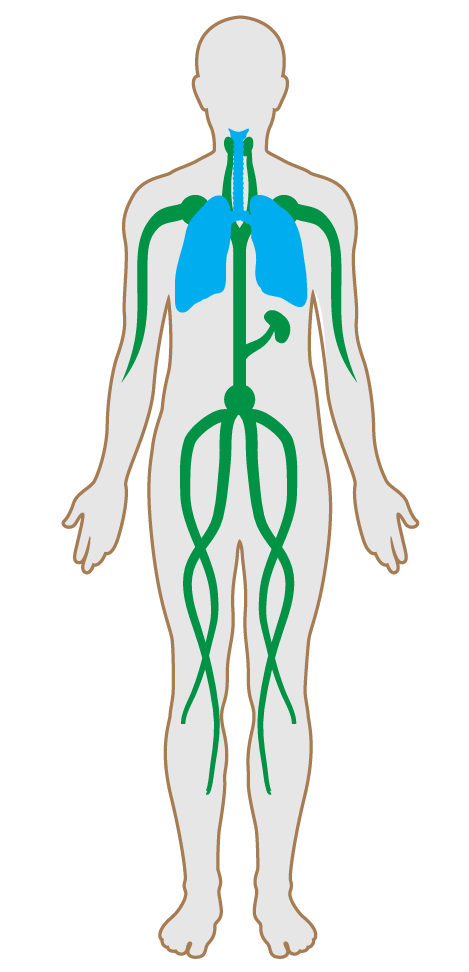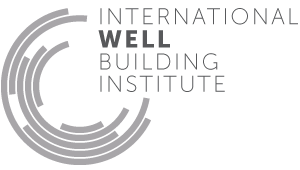Moisture management
12. Moisture management
Good design principles and strategies to mitigate water damage help to preserve good indoor air quality. Moisture can enter buildings and building assemblies in four ways: bulk water, capillary water, air-transported moisture and vapor diffusion. In addition to preventing wetting from all four channels, managing moisture is also about promoting drying potential.
A valuable reference for managing moisture with respect to indoor air quality or well being—regardless of building type, stage of construction, age of building, or climate—is the U.S. EPA's “Moisture Control Guidance for Building Design, Construction and Maintenance.” This feature requires designers to describe how the building is created to manage moisture using these principles.
A point-by-point narrative describes how liquid water from outside the building is addressed, responding to the nature and intensity of wetting based on the project's site and climate, and includes the following leading concerns:
A point-by-point narrative describes how liquid water from interior sources is addressed, including these leading concerns:
A point-by-point narrative describes how condensation is addressed, including these leading concerns:
A point-by-point narrative describes how moisture-tolerant materials have been selected and/or moisture-sensitive materials (MSP) are being protected, considering these leading concerns:

Applicability Matrix
| Core & Shell | New & Existing Buildings | New & Existing Interiors | |
|---|---|---|---|
| Part 1: Exterior Liquid Water Management | P | P | - |
| Part 2: Interior Liquid Water Management | P | P | - |
| Part 3: Condensation Management | P | P | - |
| Part 4: Material Selection and Protection | P | P | - |
| Commercial Kitchen | Education | Multifamily Residential | Restaurant | Retail | |
|---|---|---|---|---|---|
| Part 1: Exterior Liquid Water Management | P | P | P | P | O |
| Part 2: Interior Liquid Water Management | P | P | P | P | O |
| Part 3: Condensation Management | P | P | P | P | O |
| Part 4: Material Selection and Protection | P | P | P | P | O |
Verification Methods Matrix
| Letters of Assurance | Annotated Documents | On-Site Checks | |
|---|---|---|---|
| Part 1: Exterior Liquid Water Management | Professional Narrative | ||
| Part 2: Interior Liquid Water Management | Professional Narrative | ||
| Part 3: Condensation Management | Professional Narrative | ||
| Part 4: Material Selection and Protection | Professional Narrative |
| 12.4.e |
USGBC's LEED v4 BD+C EQ Credit: Construction Indoor Air Quality Management Plan requires that absorptive materials stored on-site and installed are protected from moisture damage. |
| 12.1.a |
EPA 402-F-13053 notes that effectively controlling water intrusion requires directing drain rain and irrigation water away frm the building. |
| 12.1.b |
EPA 402-F-13053 notes to design buildings such that the interior floor grade is above the local water table. |
| 12.1.c |
EPA 402-F-13053 notes to design exterior walls to manage rainwater. |
| 12.1.d |
EPA 402-F-13053 advises to consider key elements of moisture behavior, including transport mechanisms such as moisture wicking through porous materials. |
| 12.2.d |
EPA 402-F-13053 notes to "avoid enclosing wet materials in new construction by protecting moisture-sensitive and porous materials" as part of a comprehensive strategy to control liquid water movement. |
| 12.2.a |
EPA 402-F-13053 notes that leaks in pipes or tanks in the plumbing system can release water. |
| 12.2.b |
EPA 402-F-13053 notes that moisture problems include leaks in pressurized pipes and vessels in appliances that use water. |
| 12.2.c |
EPA 402-F-13053 advises to consider key elements of moisture behavior, including transport mechanisms such as moisture wicking through porous materials. |
| 12.3.a |
EPA 402-F-13053 notes that in low-rise buildings, damp basements and crawlspaces may add water vapor to the air. |
| 12.3.b |
EPA 402-F-13053 notes that air that infiltrates the building through air leaks represents one of the largest sources of humidity. |
| 12.3.c |
EPA 402-F-13053 notes that condensation may be caused by "excessively high dew point, unusually cold surfaces, or a combination of the two." |
| 12.3.d |
EPA 402-F-13053 notes that "oversized cooling systems do not solve humidity control problems—instead, they cause them." |
| 12.4.a |
EPA 402-F-13053 advises to use materials able to tolerate repeated wetting and drying in wet areas. The document also notes that particularly in buildings in cold climates, it is important to consider the condensation potential of glazing designs. |
| 12.4.b |
EPA 402-F-13053 notes that exterior cladding and other measures can intercept most of the rain water and direct it away from the building. |
| 12.4.c |
EPA 402-F-13053 advises to use materials able to tolerate repeated wetting and drying in wet areas. |
| 12.4.d |
EPA 402-F-13053 advises to use low-permeability insulating sheathing and interior finishes. |
